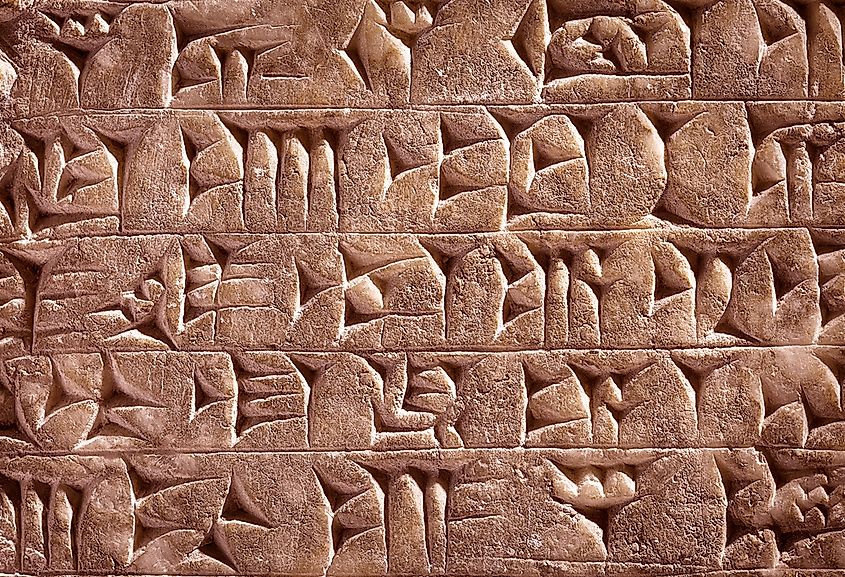Who Found Zero?

- The concept of zero, as we know it, was discovered in India, sometime in the 7th century.
- Sumerians used space in their number columns to indicate absence but did not use a zero.
- Brahmagupta, an Indian mathematician, was the first person who gave the rules, operations, and the definition of the number zero.
The most hated number in the world, especially for people that own bank accounts or hate to watch their football team, score no goals. Zero is not only a number, but it can also be used as a placeholder, and that is the way it was originally used. The idea of counting space (for example) might appear natural for us today, but it was not so for Sumerians and Babylonians.
Without the zero, arithmetic calculations would be much harder, there would be no computers, and we would not be able to do various complicated equations that we do nowadays. Who found number zero? The numerical zero was found in India and is considered to be one of the greatest discoveries in our history.
Zero As a Place Holder, Zero As a Number
People have already been familiar with the concept of nothing, but the concept of zero, as we know it, was discovered in India, sometime in the 7th century. Until the discovery of zero, performing even the basic arithmetic operations was difficult. Many researchers argue that various civilizations around the world used the zero, but only as a placeholder, i.e., a symbol to represent something that is not specified but can take up that space later.
The Sumerians were the first to develop a counting system (almost 5000 years ago) and after them the Babylonians. Sumerians used space in their number columns to indicate absence but did not use a zero. It is speculated that before using the zero as a placeholder, a pair of wedges was used instead to indicate an empty column.

About 600 years later, Mayans also developed a zero as a placeholder, and they used it in their calendars. However, none of them used zero as a number or tried to develop such an idea. It would not be until the 7th century A.D. in India that zero was used as a number that had its unique characteristics.
Śūnyatā And The Philosophy Of Emptiness
Most of the academics argue that Indians were the first people who developed the numerical zero, and one of the reasons can be found in the cultural and religious background. It was due to Buddhism and the philosophical concept of emptiness or voidness (also known as Śūnyatā in Sanskrit) that there was a bridge between the mathematics and philosophical teachings.
In the early teachings of Buddhism, the concept of emptiness is closely related to the concept of anatta, or the doctrine of "non-self" (there is no permanent self or soul). This idea served as a foundation for the numerical zero. Brahmagupta, an Indian mathematician, was the first person who gave the rules, operations, and the definition of the number zero, and it was in his book Brahmasphuṭasiddhānta. It is the oldest text known to us that to treat zero as a number instead of a placeholder. In those days, the symbol for zero was a large dot, still very different from the symbol that we use and hate today.











